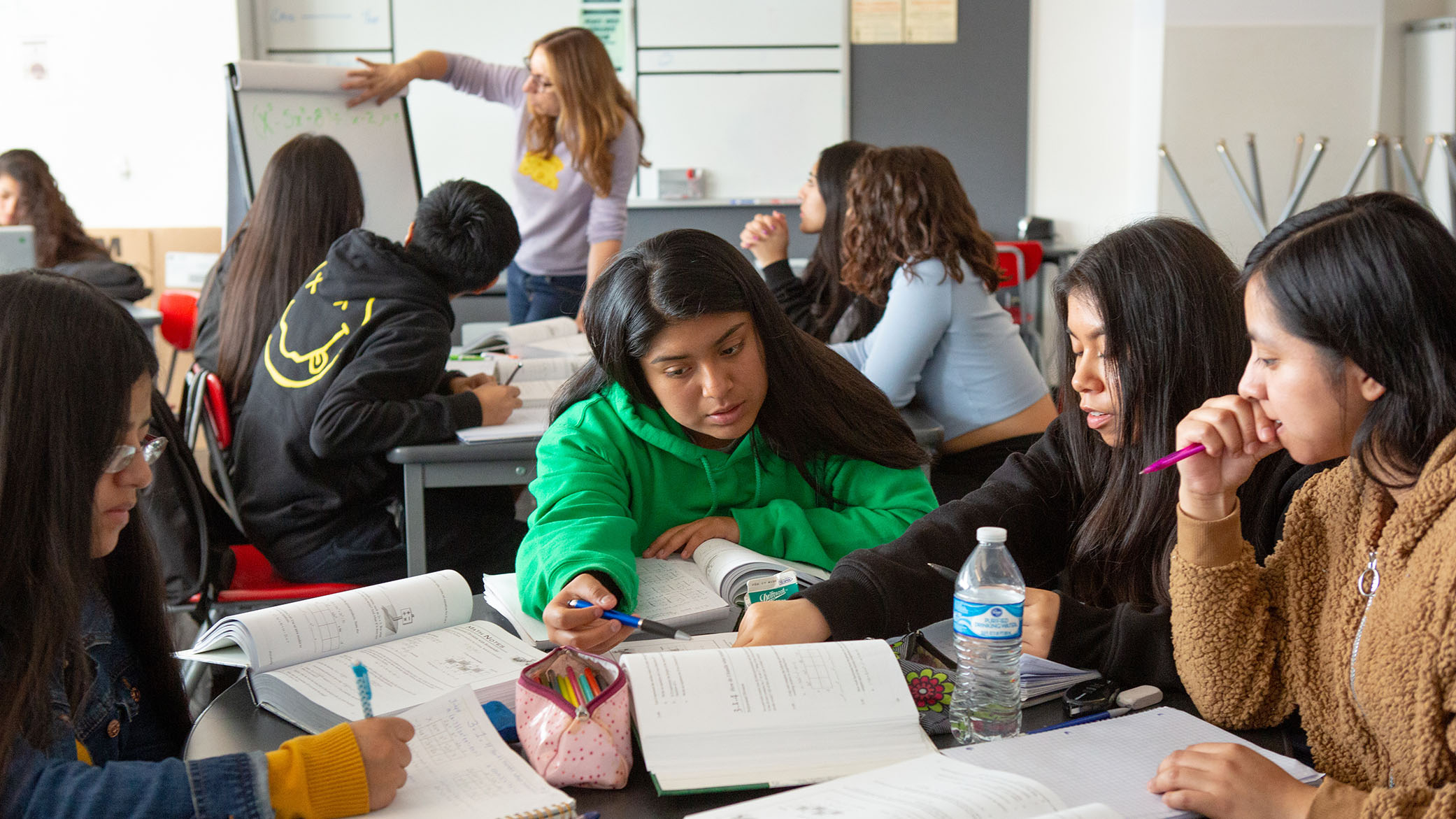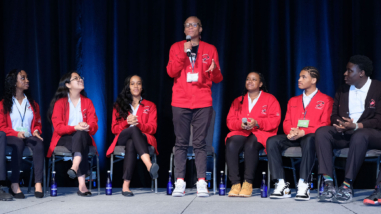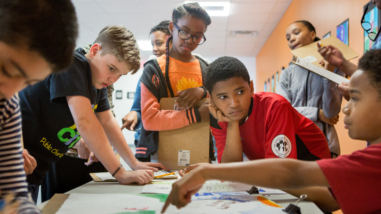How can teaching materials promote equity?

In recent months, advocates everywhere have been discussing how systemic racism impacts their areas of work. We asked two leading scholars in the open education movement to speak with us about what this discussion sounds like in their discipline. Both authors were recently featured in an edition of the Open University’s Journal of Interactive Media in Education (JIME) devoted to Open Education and Social Justice.
Sarah Lambert is co-editor of the JIME special edition, manages a $5 million student equity fund for Deakin University, and is currently leading a national research study into open educational textbooks in Australia.
Hengtao Tang is an assistant professor of educational technology in the Department of Educational Studies at the University of South Carolina, and author of Social Justice and K-12 Teachers’ Effective Use of OER: A Cross-Cultural Comparison by Nations.
What are some of the dynamics around race, power, and privilege that you come across in open education?
Sarah Lambert: Open education is not one fixed area of study and practice, but is an interdisciplinary field with people coming from different disciplines. Sometimes the technology-as-savior story gets retold because open education is strongly influenced by IT and education technology. This tends to privilege technology over pedagogy, tech staff over teachers. As IT and teaching are both highly gendered fields, and IT is strongly influenced by North American tech companies – this means that unless we are intentional and careful – white, male views and voices can dominate what is thought of as “leadership” of open education. It’s been really important to see powerful women, educators, and Global South voices given prominent places on conferences and as keynotes in recent years.
Hengtao Tang: The vision of open education is to close the educational gap that results from unequal access to educational opportunities, but we cannot take it for granted that open education promotes social justice. If underserved populations do not have access to basic infrastructures or do not have sufficient expertise to search, adapt, and use open educational resources (OER), the gap can even enlarge. On the other hand, we need to consider the cultural context and recognize and respect cultural differences in open education. We need to ask underserved populations to raise their voice in the production and the distribution of OER.
What values do diverse perspectives and authorship bring to the field of open education?
Lambert: When we support more diverse practitioners and researchers to fully explore and share their open education innovations through research, publications, workshops, and conferences, we unleash new ideas and approaches to support innovation and also quash some of the over-optimistic narratives that circulate and can hold back progress. Mainstream publications of open education innovations from the Global North perspective have a habit of assuming that if it works for them, it works for everyone. What has been really strong lately is the feedback from diverse voices saying, ‘we have a totally different policy and socio-cultural context here and your innovation sounds a bit like our poison!’ In the end, these truths will make open education humbler, wiser, and stronger.
Tang: Diverse perspectives and authorship are a double-edged sword for open education. We can benefit from the enriched perspectives, and diverse perspectives can also resolve the shortage of open resources in certain domains or contexts. But we also need to make sure that diverse voices are equally represented. For example, we can easily find OER for psychology, history, and mathematics, but are we serving our primary beneficiaries in accessing those resources? One example that strikes me is the shortage of reliable, openly licensed resources in special education. I do think OER can be beneficial for special education, but my previous students teaching special education courses found it challenging to find reliable resources appropriate for their students with special needs. As an open education scholar, I am proud of the abundance of OER, but I am more concerned about the unheard voices of some of our primary beneficiaries.
How do you address equity and social justice in your research and writing?
Lambert: I enact social justice as a process of listening to and amplifying truly innovative successful projects, ideas, and authors. I am motivated to diversify the narrative of open education innovation, leadership, and success by promoting work outside the high-status providers and platforms. There is a lot happening globally. In my recent work with Laura Czerniewicz to co-author a journal edition devoted to Open Education and Social Justice, we supported authors from a range of global locations to tell the story of their pedagogical innovations. We also helped them connect and translate the value of their work to other regional and international contexts, so they don’t perpetuate the ‘open education works the same for everyone everywhere’ myth.
Tang: Open education can promote redistributive justice as it allows learners to access free resources without financial barriers, but it requires further research on the design and implementation sectors to reinforce the recognitive justice and representational justice of OER, such as acknowledging the disparity in race and gender (recognitive justice) and allowing the unheard groups or individuals to equally speak out in open education (representational justice).
What are some of the major hurdles to realizing inclusion through open education?
Lambert: “Inequitable resources and funding opportunities are both major hurdles. High status universities and wealthier states tend to dominate the grantee pools. Also, stubborn ideas about racial discrimination and gender roles can get in the way of some people “seeing” the innovation in front of them if it comes from a person who is not like them.”
Tang: The goal of realizing inclusion in education is challenged by existing bias and even maybe by some unintentional discrimination towards certain groups. If we do not address the existing differences in culture, conditions of infrastructure, and capacity to use OER, open education might enlarge the gap. If we hope to realize inclusion through open education, we need to build a shared vision of open education. We need to first ensure the infrastructure is deployed for underserved groups. Then encourage adaptation of OER rather than simply grabbing them off-the-shelf – we need to tailor OER to local contexts or align the production of OER with the local culture.
What about OER and OEP (open education practices) make them more apt for diverse contexts?
Lambert: Open methods are more apt for diverse contexts because they mix digital resources that are inherently flexible and editable with practitioners leading the work who are open to caring about inclusion and diversity.
Tang: If open pedagogy can be combined with authentic assessment, it might be more effective in making OER more apt for diverse contexts. We can encourage users to learn about OER and produce OER in an authentic context. Once again, we still need to focus on recognitive and representational justice when implementing OEP in diverse contexts. We need to respect local culture and encourage more local voices. This will help us make open pedagogy and OER more apt for diverse contexts.



